Best Places to Visit in California
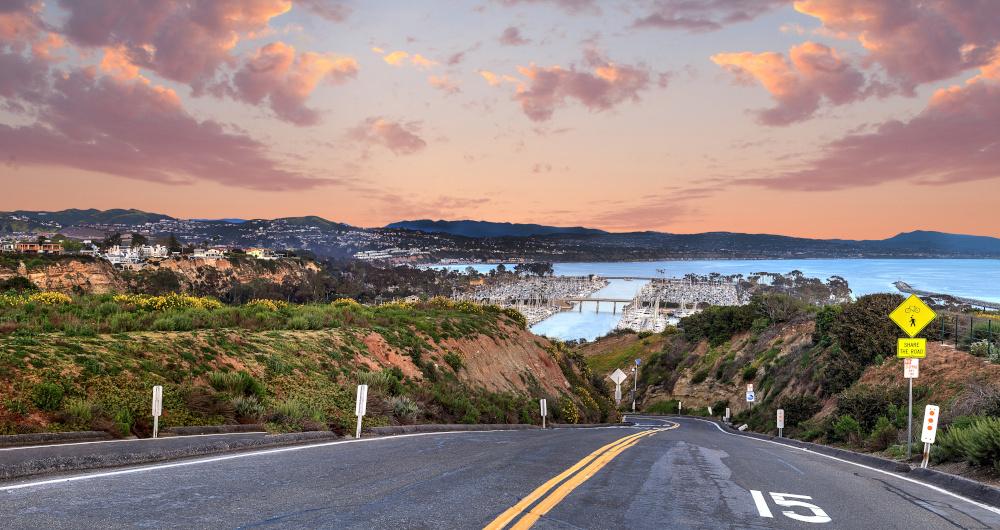
There are so many fun places to visit in California! Having explored its diverse corners, I’ve found that The Golden State offers an ideal balance of natural beauty, cultural richness, and endless opportunities for adventure or relaxation. Here are the places and activities I recommend from my recent four week road trip, and I hope you’ll love them too.
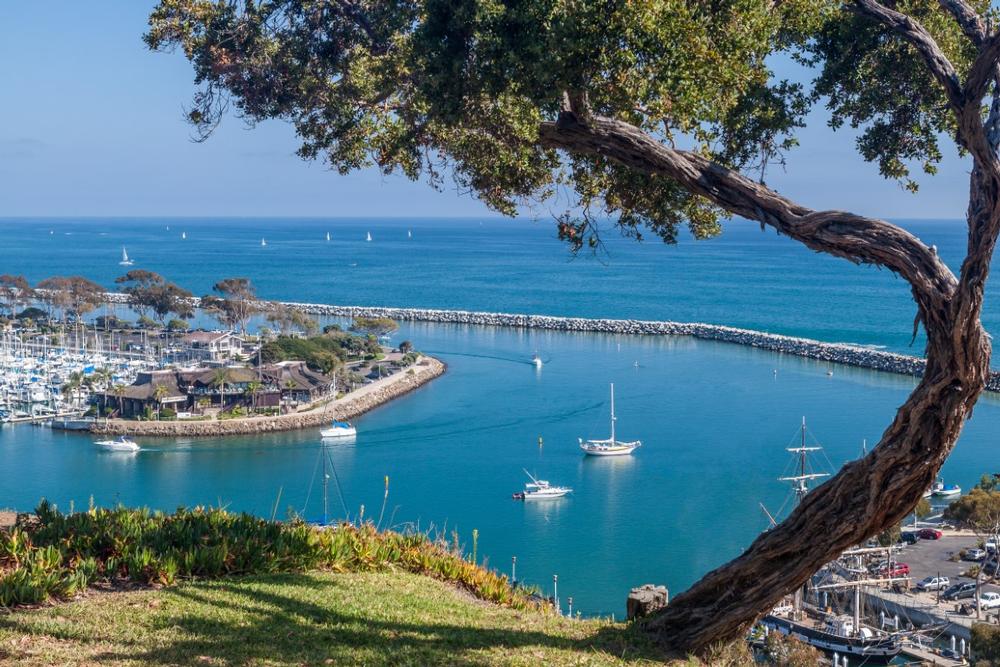
1. Dana Point
This place is one of the most unspoiled stretches of Orange County I’ve ever explored, and I think it’s one of the best beaches near LA or San Diego for a peaceful day. Why? First off, this coastline offers soft sand, crystal-clear coves, and a laid-back vibe.
From Los Angeles, it was about a 1.5-hour drive south to Dana Point, known as the “Whale Watching Capital of the World”. I spent four days at 2-star Dana Point Marina Inn (around $114/night) where my days were filled with a dolphin-watching cruise, tide-pooling at Salt Creek Beach, browsing the charming shops along Del Prado Avenue, and dining al fresco on fresh-caught seafood at Wind & Sea Restaurant, Monarch Bay Beach Club and Chart House.
- Location: Southern California, in Orange County, along the Pacific Coast between Laguna Beach and San Clemente
- Map & Directions
What I loved best:
The scenery was pure postcard material, my personal highlight. I loved rolling coastal bluffs, turquoise waters, and fiery sunsets melting into the horizon.
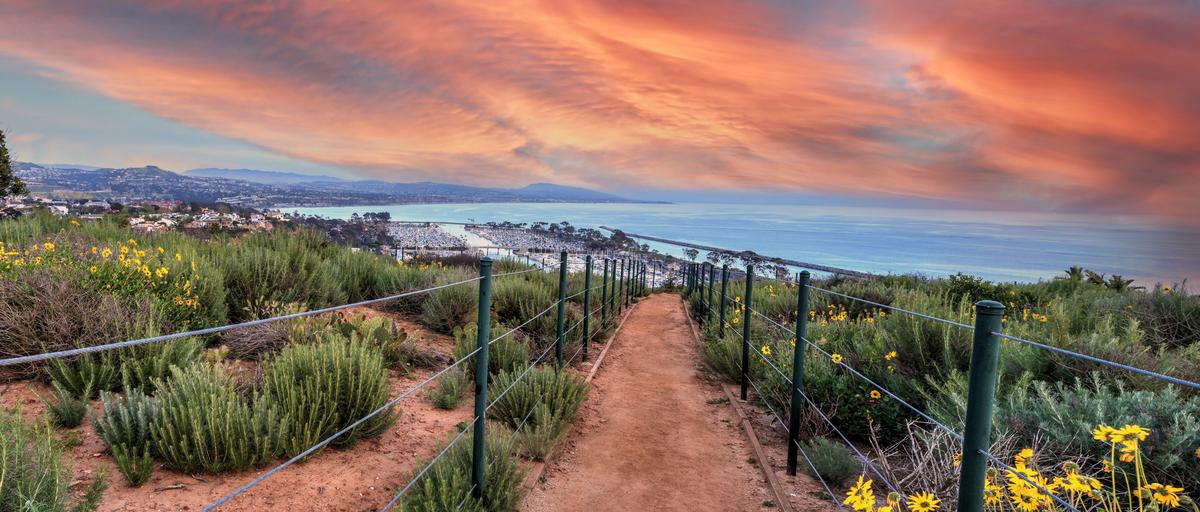
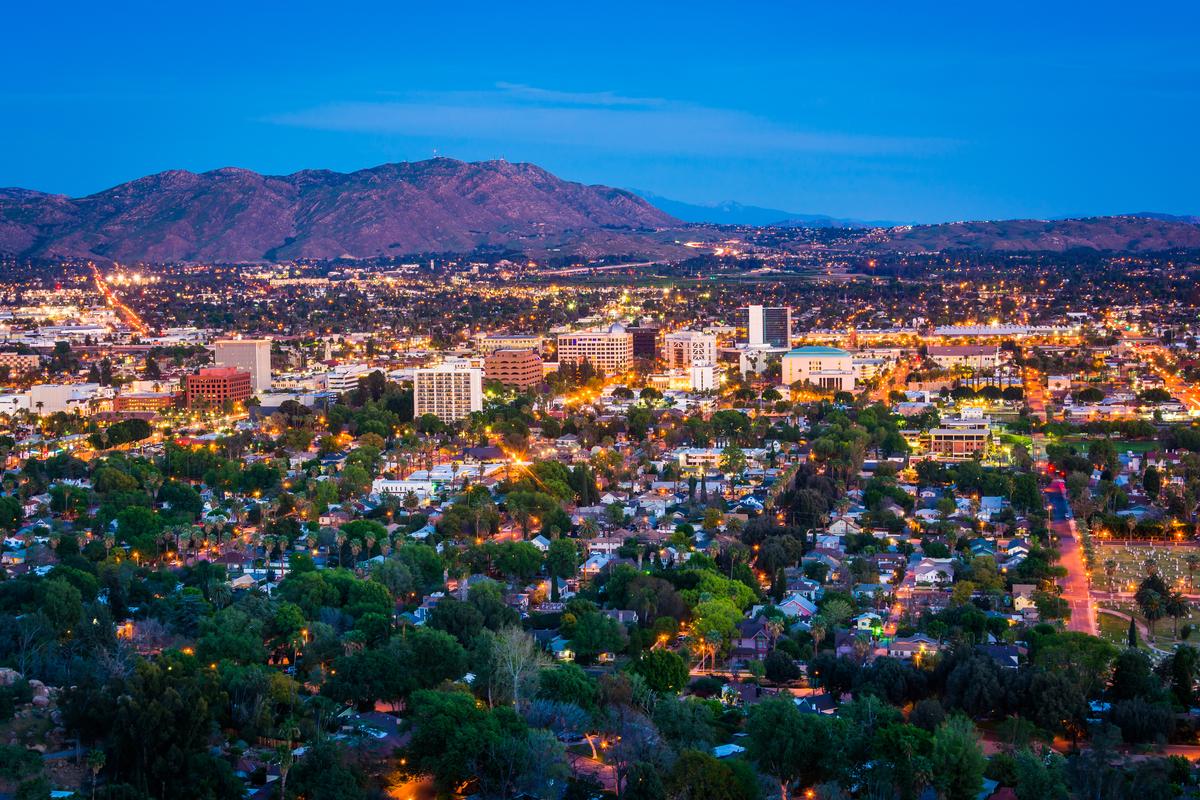
2. Riverside
I was completely taken with this historic inland city which welcomed us with warm desert sunshine, clear skies, and Mission Revival architecture looking striking. With the summer heat mellowing into pleasant evenings in the fall, Riverside streets felt lively but not overcrowded. I loved that hotel deals were easy to find, making the city one of my favorite places to visit in Southern California.
From Los Angeles, it was about a one-hour drive east into Riverside. The crown jewel is the 4-star Mission Inn Hotel & Spa, a AAA Four-Diamond award hotel where we stayed for four blissful days.
While there, I checked out the Mission Inn Museum, explored the Riverside Art Museum’s thought-provoking exhibits, and hiked up Mount Rubidoux for a panoramic sunset view of the valley. I also took a day trip to the UC Riverside Botanic Gardens (free admission), a hidden gem with lush landscapes and desert blooms.
- Location: Southern California, in Riverside County, east of Los Angeles in the Inland Empire region
- Map & Directions
What I loved best:
One evening we ate amazing wet-aged USDA Prime steaks at Duane's Prime Steaks and Seafood, the AAA Four-Diamond award restaurant on site at Mission Inn Hotel & Spa which was my personal highlight.
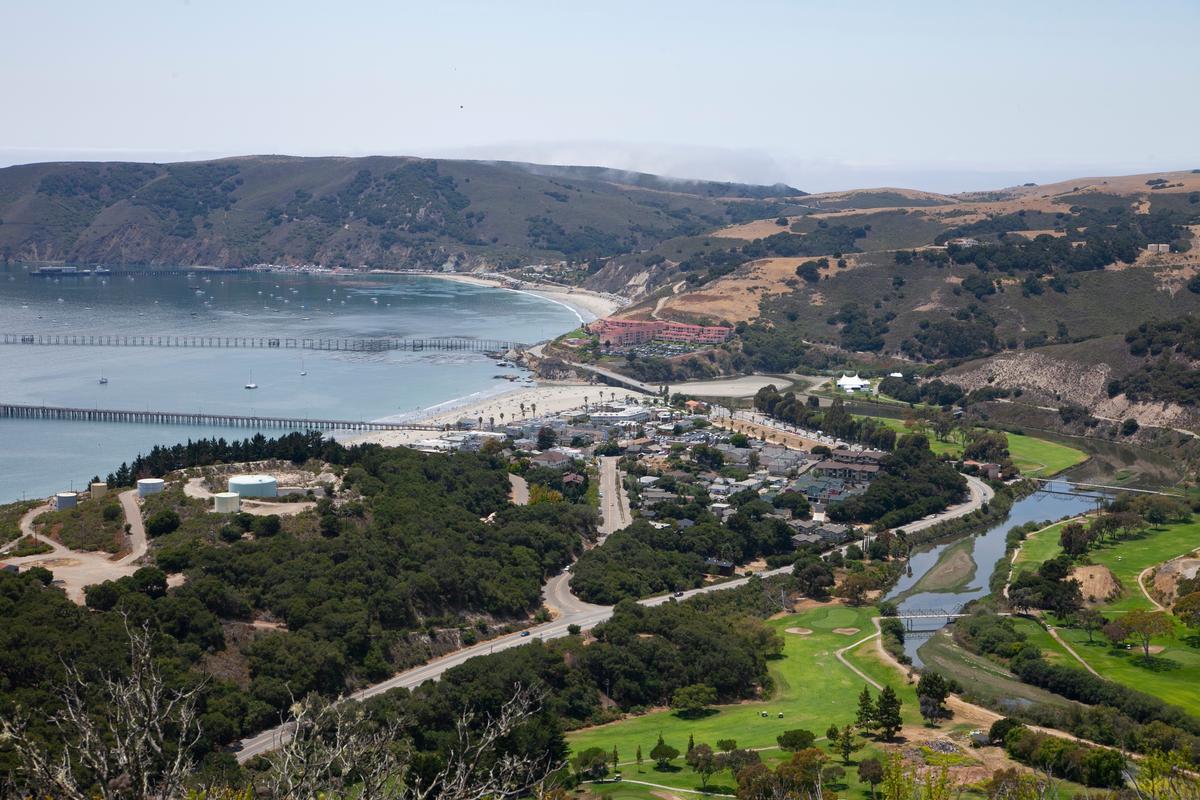
3. San Luis Obispo
Ready for a culture-rich California getaway? San Luis Obispo is a standout! I found that this laid-back Central Coast gem made the perfect early summer getaway with my husband and son. The weather was warm but breezy, the rolling hills and vineyards were lush and green, the farmers’ markets were bursting with fresh produce and flowers!
We drove just under 40 minutes south from Paso Robles to San Luis Obispo, a city of around 47,000 (plus another 20,000 students at Cal Poly). We spent two nights at the 3-star Madonna Inn, a quirky landmark hotel with over-the-top themed rooms. I spent my days hiking along the scenic Bishop Peak trail, cycling along the Bob Jones City-to-Sea Trail, and exploring the historic Mission San Luis Obispo de Tolosa. I also had fun exploring the unique shops on Higuera Street and, of course, the quirky Bubblegum Alley!
- Location: Central California, in San Luis Obispo County, along the Central Coast between Los Angeles and the Bay Area
- Map & Directions
What I loved best:
My personal highlight were delicious cinnamon rolls and coffee one morning at The Bridge Cafe, a social enterprise restaurant where dining has an extra layer of meaning because you’re dining in a place that gives back.
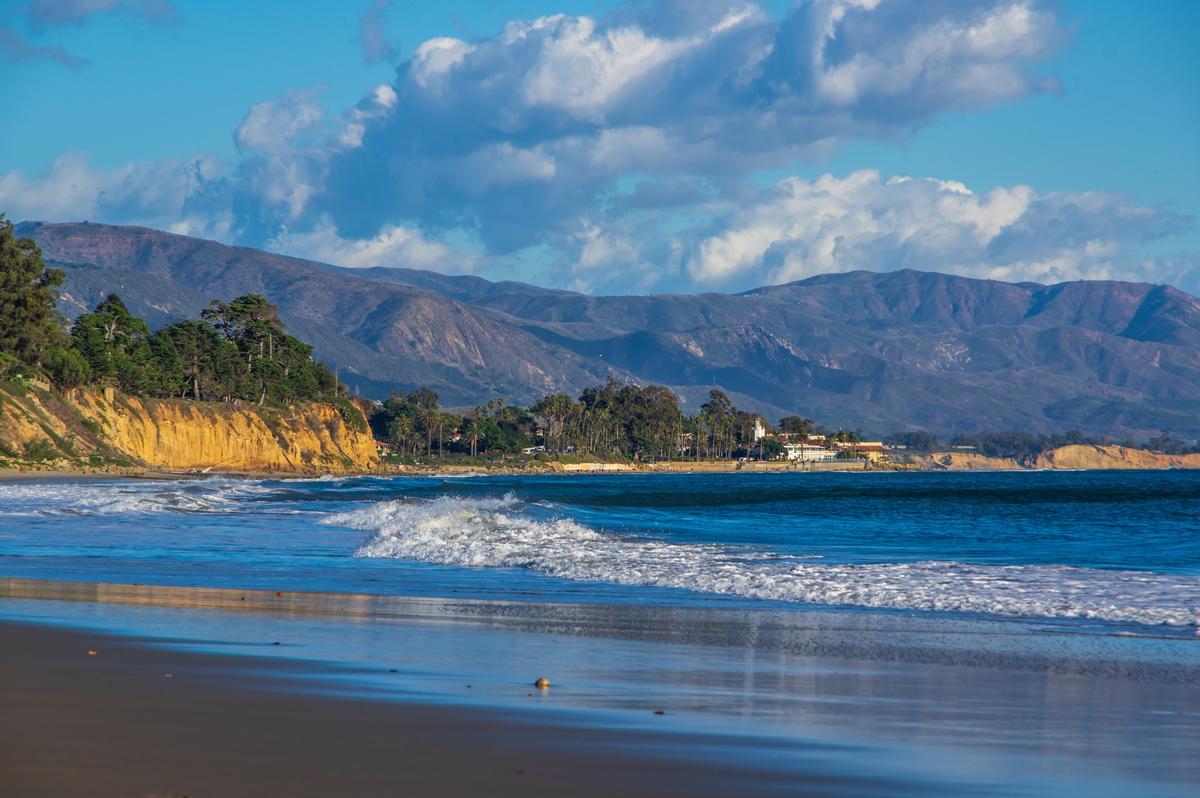
4. Santa Barbara
This seaside town, nestled between the Pacific and the Santa Ynez Mountains, is one of my favorites when I want a mix of culture, food, and outdoor adventure. Every visit impresses me, whether I'm taking a scenic coastal bike ride, or exploring the art galleries. I love that Santa Barbara offers so much variety in just a single day, making it perfect for a day trip or a quick romantic weekend getaway.
We drove about 1.5 hours north from Los Angeles into "The American Riviera" and stayed at the elegant 4-star Kimpton Canary for four amazing days.
We loved The Lark restaurant's locally-sourced, seasonal ingredients from the Central Coast region and the food designed for sharing ("family-style") with sizable plates meant for the table.
Mesa Burger was a big hit with my son with its handcrafted burgers, using a custom beef blend served on brioche buns.
Another favorite highlight was Convivo Restaurant and Bar at the Santa Barbara Inn right on East Cabrillo because we loved their decor with vintage wood floors, booth seating and big arched windows. Since the menu is always changing at Convivo based on the seasons, I can't tell you exactly what to oder but you can't go wrong with a mixed seafood grill.
You should also check out Sustainable Wine Tours which offer luxury transportation, behind-the-scenes access and specialise in tours of small-production, private vineyards and wineries.
- Location: Central California coast, in Santa Barbara County, between the Santa Ynez Mountains and the Pacific Ocean
- Map & Directions
There is so much to see and do in Santa Barbara where we spent my days wine tasting along the Urban Wine Trail, hiking to the scenic Inspiration Point trail, relaxing at East Beach, exploring the historic Old Mission Santa Barbara, and exploring the boutiques along State Street. We also loved taking a sunset sail from the harbor and the affordable trolley tour through town.
What I loved best:
My favorite highlight was watching a sunset on the beach, such a simple, free activity that was super memorable on vacation!
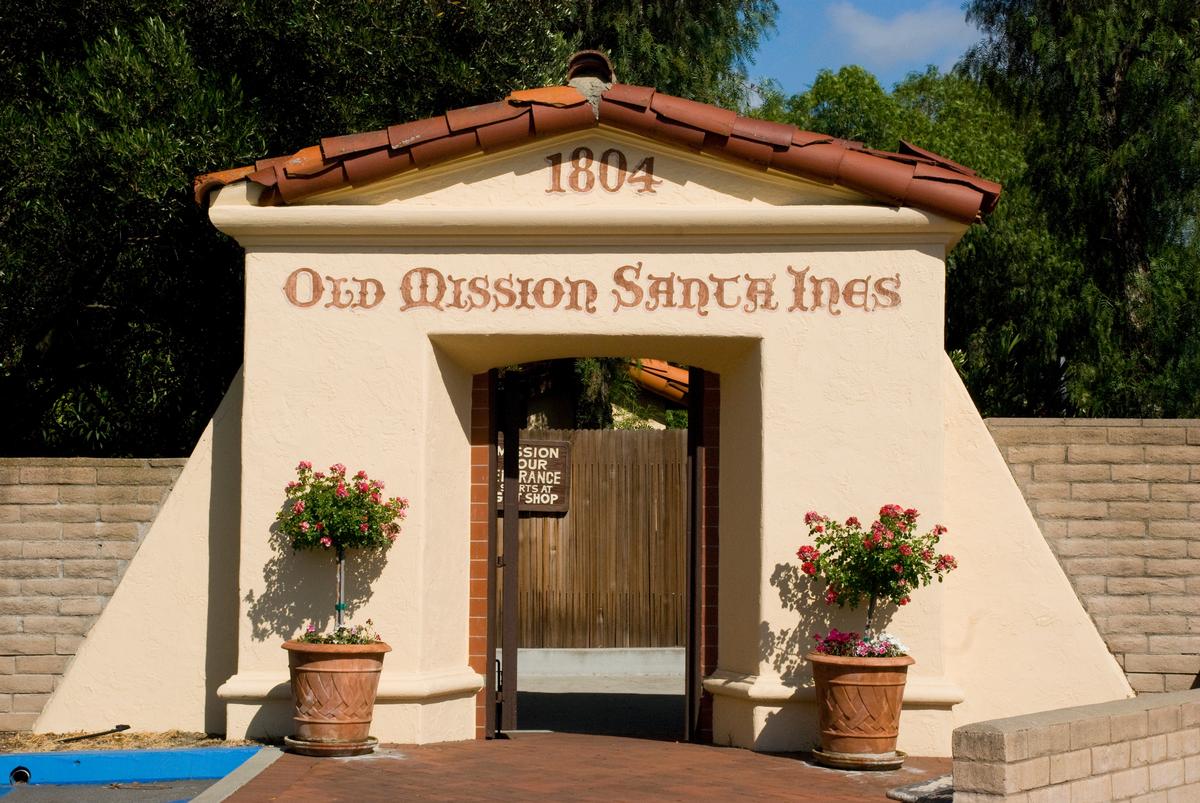
5. Solvang & Old Mission Santa Ines - 2 hours 30 minutes from LA
This whimsical Danish town is such a cool place to visit and I think it's one of the best vacation spots in Southern California. Why? First off, the half-timbered buildings and windmills make you feel like you've gone to Europe and back in time more than 100 years. From Santa Barbara, it was just a 45-minute drive northwest into Solvang on our road trip, but if you are driving from LA, it's 2 hours and 30 minutes, depending on traffic.
First stop was Old Mission Santa Inés in Solvang, one of my favorite discoveries in Southern California, a true hidden gem that feels both historic and magical. Nestled right in the heart of the Santa Ynez Valley, this mission has an incredible backdrop of rolling hills, vineyards, and distant mountains, making it one of the most spectacular and underrated places to visit.
- Location: Central California, in the Santa Ynez Valley of Santa Barbara County, northwest of Santa Barbara
- Map & Directions
We stayed at the boutique 4-star Landsby Hotel for two nights where we enjoyed its chic Scandinavian design. Quick tip: if you are planning a romantic weekend getaway at the Landsby Hotel, book a room with a jetted tub and fireplace for extra luxury.
I spent my days cycling through the rolling countryside, sampling authentic Danish pastries at Mortensen’s bakery, browsing antique shops, and visiting the Elverhøj Museum of History & Art.
What I loved best:
Lunch at Solvang Restaurant was my personal favorite (we went twice!) because it's cozy and unique with its Danish eats like the must-try aebleskiver, a Dutch jam-filled donut.
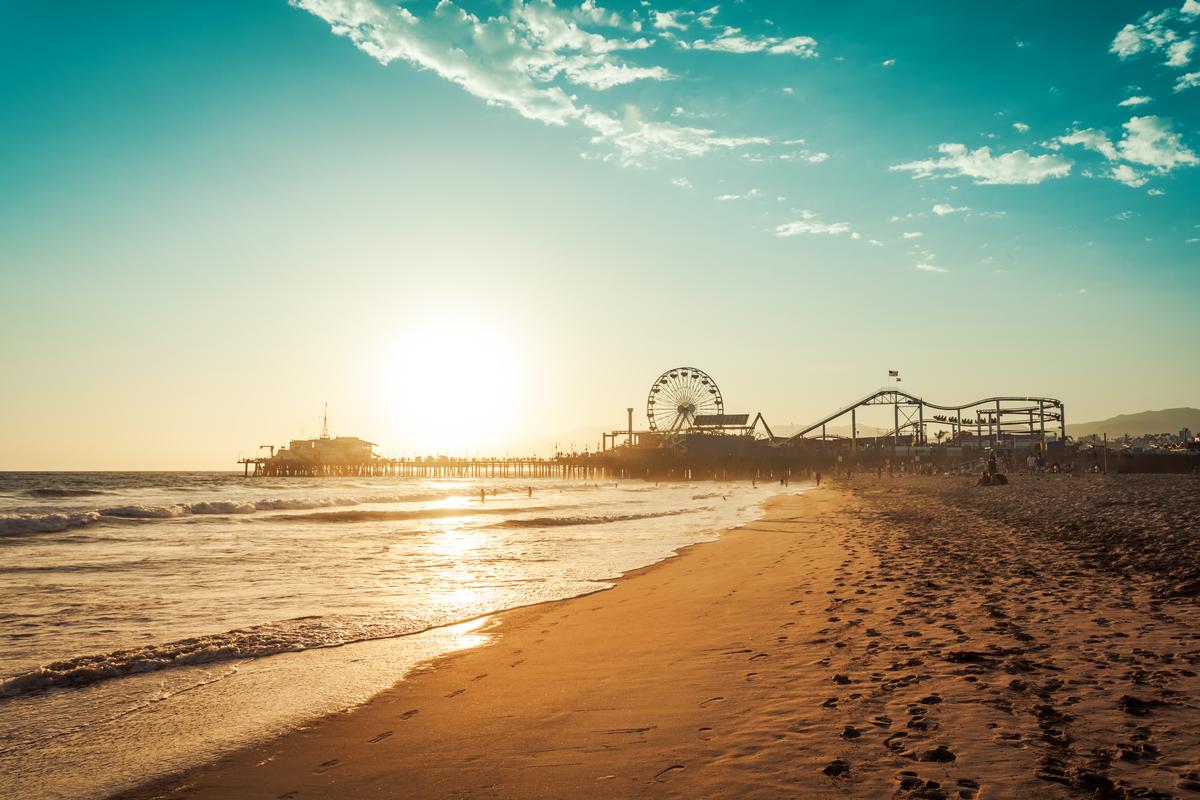
6. Santa Monica
This is one of my absolute favorite spots for a weekend getaway in California. Why? I love that it blends that vibrant city vibe with the coolest beachfront energy just 25 minutes west from downtown Los Angeles.
The Santa Monica Pier is always my first stop with its iconic Ferris wheel, carnival games, and ocean views feels like pure magic every time. I also love walking along Santa Monica's Third Street Promenade, along the beach path and lively boardwalk.
- Location: Southern California, in western Los Angeles County, along the Pacific Coast just west of downtown Los Angeles
- Map & Directions
What I loved best:
My personal highlight was our romantic dinner at Melisse to celebrate our anniversary, a AAA Four Diamond award restaurant serving an amazing tasting-menu of classic French cuisine and contemporary presentation.
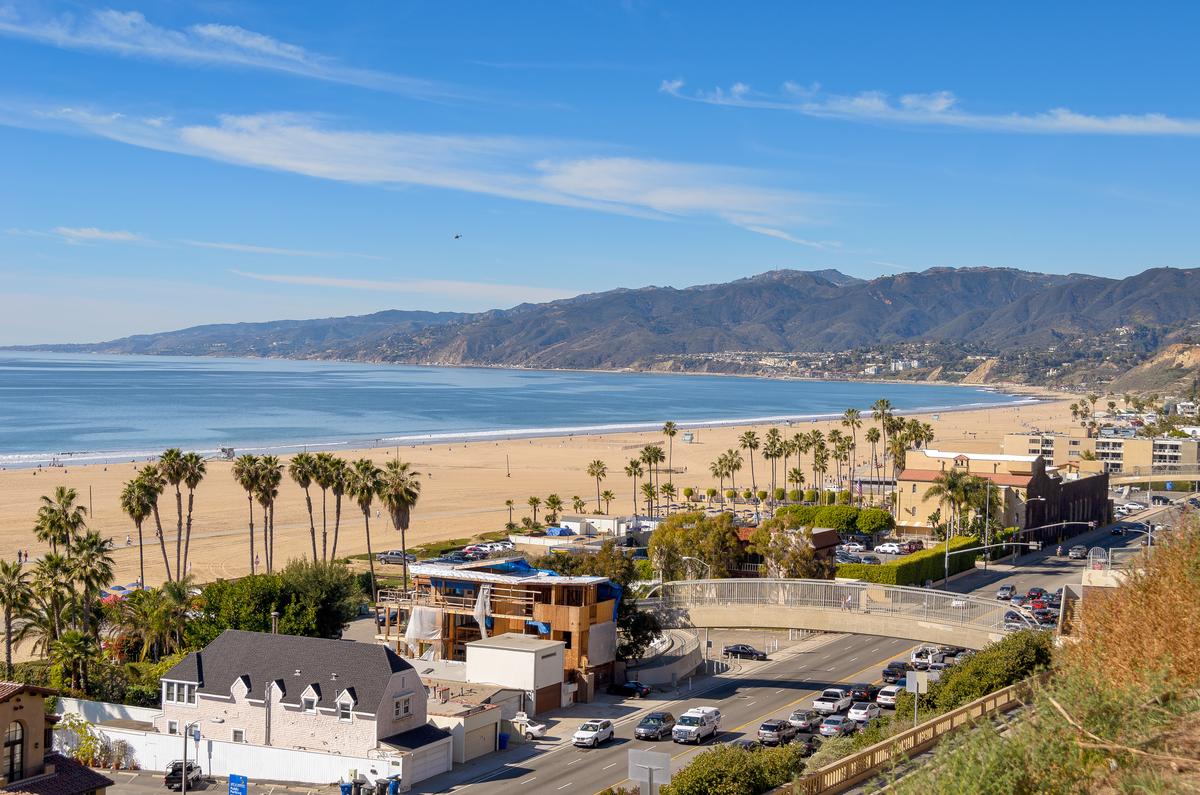
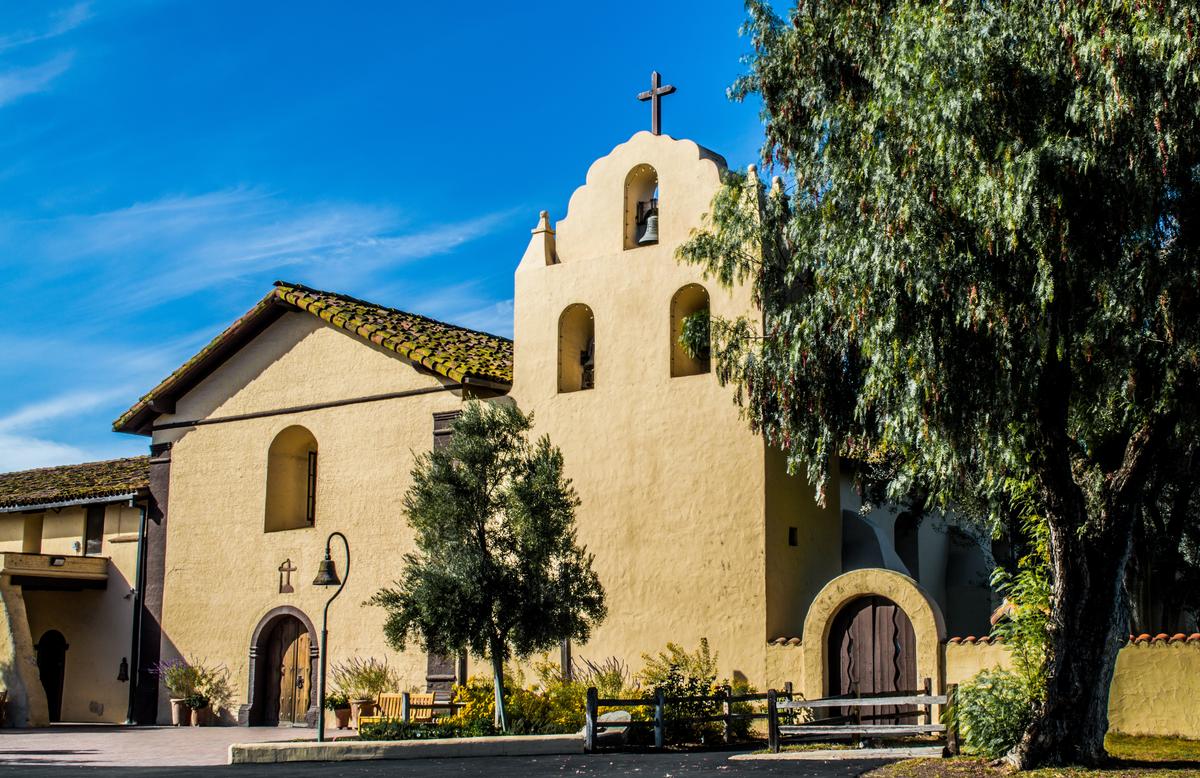
7. Santa Ynez
I found that this charming wine-country valley made the perfect late-fall getaway – the weather was crisp but sunny, vineyards were glowing with golden autumn leaves, the tasting rooms felt cozy and welcoming, and the pace was delightfully calm after the harvest season yet before the winter holidays.
You can stay at the elegant 4-star Genevieve Hotel for a few days, a boutique property with a warm, romantic feel, and spend your days wine tasting at family-owned estates across the valley, horseback riding, strolling through the quaint streets of nearby Los Olivos, and visiting the Chumash Casino for evening entertainment.
- Location: Central California, in the Santa Ynez Valley of Santa Barbara County, northwest of Santa Barbara
- Map & Directions
What I loved best:
Art Spot in Santa Ynez is one of those delightful, soul-stirring discoveries I can’t stop recommending, especially if you adore local art and creative energy.

8. Things to Do in Pasadena
This place has always felt like one of California’s most underrated gems to me. From downtown Los Angeles, it was a quick 20-minute drive northeast into Pasadena and we spent the night at the Langham Huntington, a grand 1907 estate turned luxury hotel.
Here you can visit the Huntington Library and Botanical Gardens, hike on the scenic Eaton Canyon trails, explore Old Pasadena’s boutiques and cafés, and admire the striking architecture of the Gamble House.
- Location: Southern California, in Los Angeles County, northeast of downtown Los Angeles at the base of the San Gabriel Mountains
- Map & Directions
What I loved best:
My personal highlight was a healthy salad of organic greens on the rooftop patio at Granville for lunch.
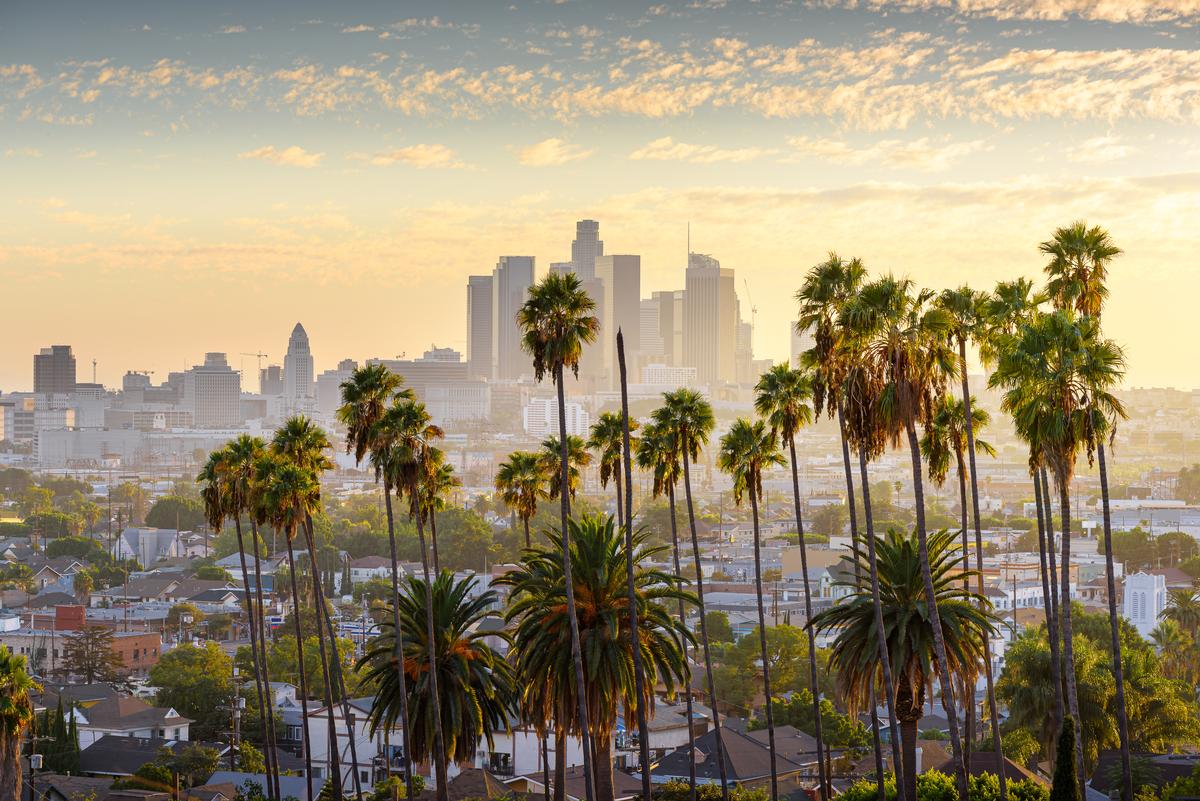
9. Los Angeles
To me, Los Angeles feels like one of the most diverse and endlessly fascinating places I’ve ever explored, and I think it’s one of the best destinations on the West Coast. Miles of coastline, iconic landmarks, quiet canyons, and world-class food scenes—all wrapped in that laid-back SoCal vibe.
We often land in LA and do a longer road trip around Southern California from there. My son was thrilled by the California Science Center’s hands-on exhibits and seeing the Space Shuttle Endeavour up close, while I loved strolling the Original Farmers Market, sampling everything from fresh tacos to handmade ice cream.
We had dinner at Emporium Thai in Westwood, and we had their delicious Yum Yum soup, and were especially impressed by their gluten-free and dairy-free options.
If you’re looking for theatre in L.A. that’s more intimate, bold, and culturally rich, Fountain Theatre is a strong choice.
- Location: Southern California, in Los Angeles County, along the Pacific Coast and surrounding basins and valleys
- Map & Directions
What I loved best:
We made a stop at the legendary Langer’s Delicatessen downtown, and biting into their famous pastrami sandwich was an absolute dream...indulgent, delicious, and unlike anything else in the city.
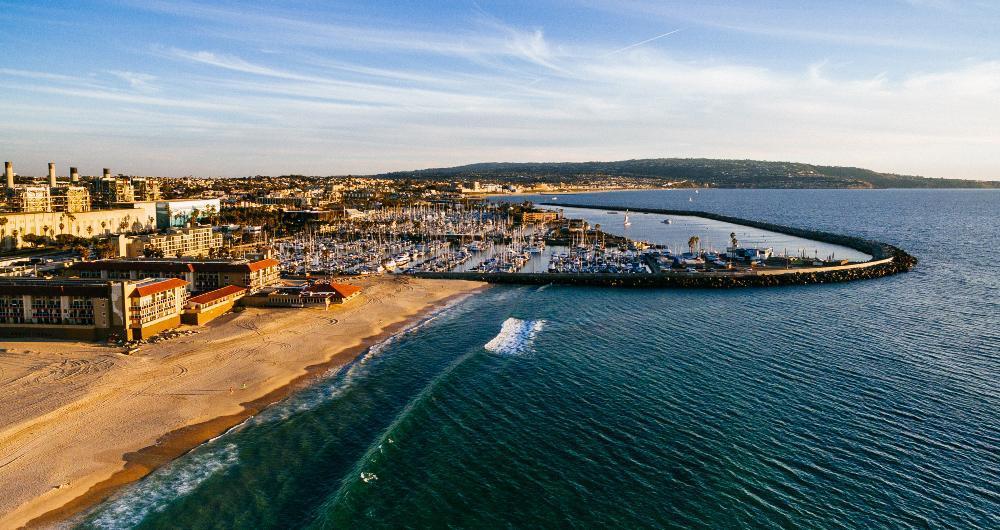
10. Redondo Beach
Ready for a beach-meets-harbor getaway? Check out Redondo Beach—a real standout that has the ideal mix of outdoor fun and coastal relaxation in my opinion.
From LA, I made the quick 30-minute coastal drive down to Redondo — windows down, ocean on my right, palm trees swaying overhead. I arrived just in time for the Festival of the Kite, when the sky above the pier explodes in color. Around town, the Redondo Beach Farmers Market was bursting with citrus, strawberries, and handmade soaps, while nearby Hermosa and Manhattan Beach were alive with volleyball games and local music spilling out of cafes (be sure to grab a local espresso from Java Man!).
I spent five sunny days soaking up the South Bay rhythm from our comfortable base at Sonesta Redondo Beach & Marina, biking along the scenic Marvin Braude Coastal Trail, paddleboarding in King Harbor, and strolling along the Redondo Beach Pier at sunset with a basket of crispy fish tacos. Afternoons meant lazy hours on the sand, time to relax with a book, while evenings brought live jazz, ocean breezes, and the glow of twinkling string lights over the water.
- Location: Southern California, in Los Angeles County, along Santa Monica Bay just south of Manhattan Beach
- Map & Directions
What I loved best:
One of my most memorable evenings was dinner at Dominique’s Kitchen, a tucked-away French bistro serving rich onion soup, buttery sole meunière, and a warm neighborhood welcome that made me feel right at home.
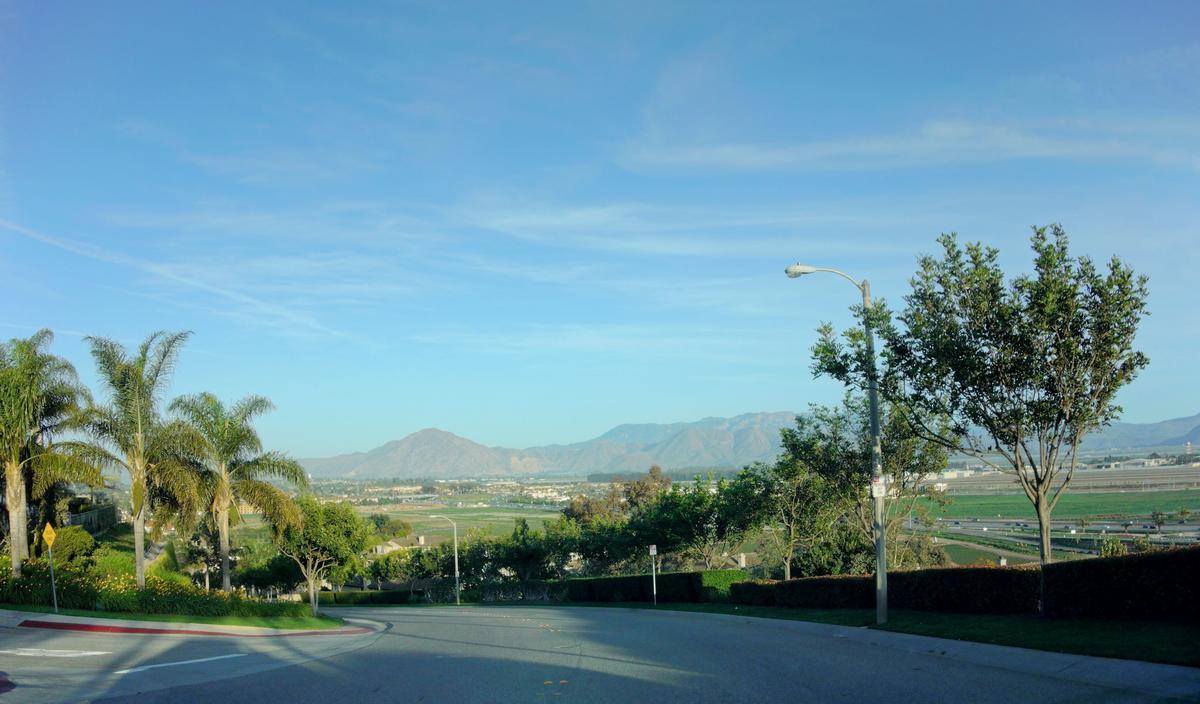
11. Camarillo
Camarillo is one of my favorite places to visit when I want sunny weather, peaceful scenery, and that relaxed Ventura County charm. I love that it’s incredibly easy to get to from LA, yet once you arrive, the gentle breezes, mountain views, and open fields make it feel like a quiet escape from the city.
The CAFSoCal - Commemorative Air Force So Cal Wing aviation museum was a highlight for us because it educational, and exciting all at once, with vintage planes and interactive exhibits that made my son feel like we were stepping back into history.
We loved wandering through the Camarillo Premium Outlets, where I found amazing deals on favorite brands and it turned shopping into an adventure for everyone and even my son picked up some back-to-school clothes.
I also thought the old-town area was such a cool spot, filled with interesting shops, local restaurants, and a cool community vibe.
- Location: Southern California, in Ventura County, northwest of Los Angeles in the Oxnard Plain near the Santa Monica Mountains
- Map & Directions
What I loved best:
My personal highlight was exploring the nearby hiking trails with sweeping views of rolling hills and citrus groves where the scenery felt so unique that it gave us a chance to balance city fun with the magic of nature.
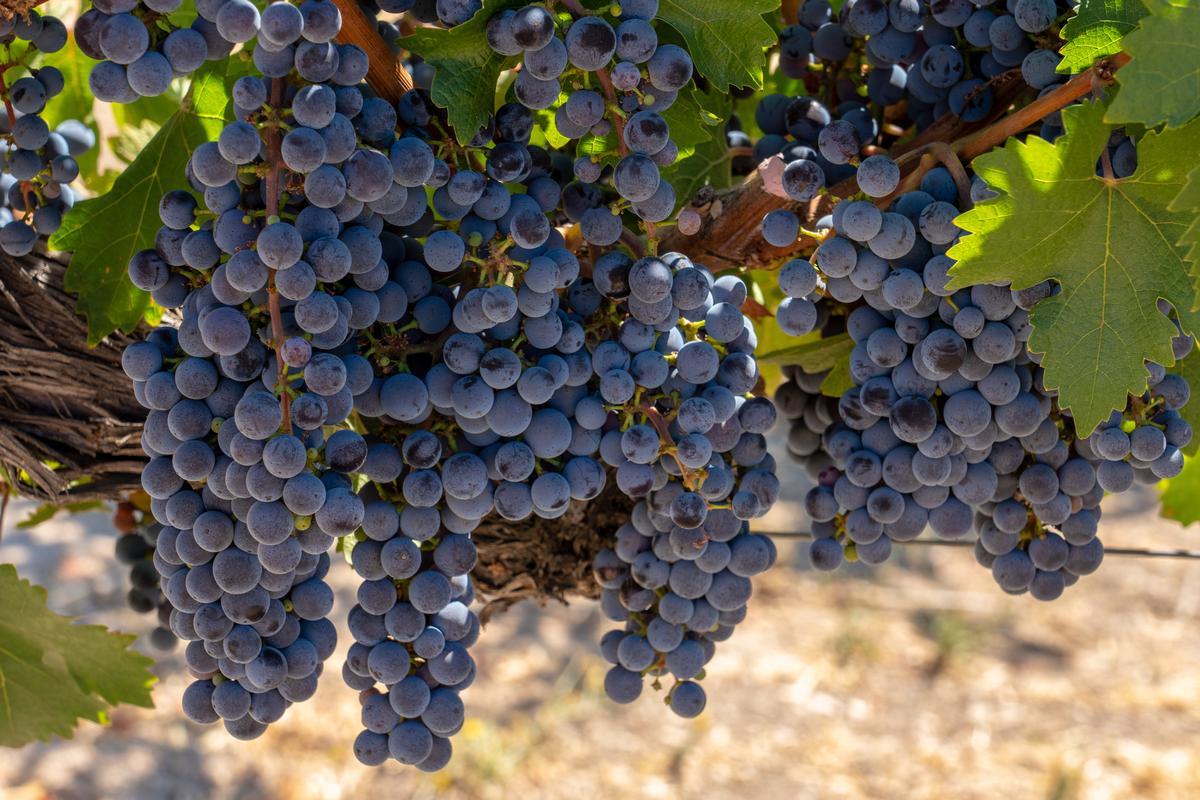
12. Paso Robles
Spread across sun-drenched valleys, Paso Robles feels like one of the most inviting wine regions in California, and I think it’s one of the best destinations on the Central Coast for a relaxed getaway. I loved the crisp, golden hills, the quiet calm in March between winter rains and summer heat, and the way the whole town seemed to exhale before wine-tasting season kicked into high gear. Days were sunny and just warm enough for vineyard tours, while the cool evenings called for cozy fireside dinners and bold local reds.
After landing at San Luis Obispo County Regional Airport (SBP), we spent five relaxed days at the the boutique Hotel Cheval just off the town square where I felt wrapped in warmth and comfort in a way that completely won me over. The atmosphere was refined yet relaxed, which made it the perfect backdrop for exploring local vineyards and lively Paso Robles downtown.
- Location: Central California, in San Luis Obispo County, along the Salinas River between the Coast Range and wine country hills
- Map & Directions
What I loved best:
Dinner at Il Cortile Ristorante, a 2-minute walk from the hotel was my favorite highlight, offering a seasonal menu of homemade pastas, fresh seafood, and top-quality meats.
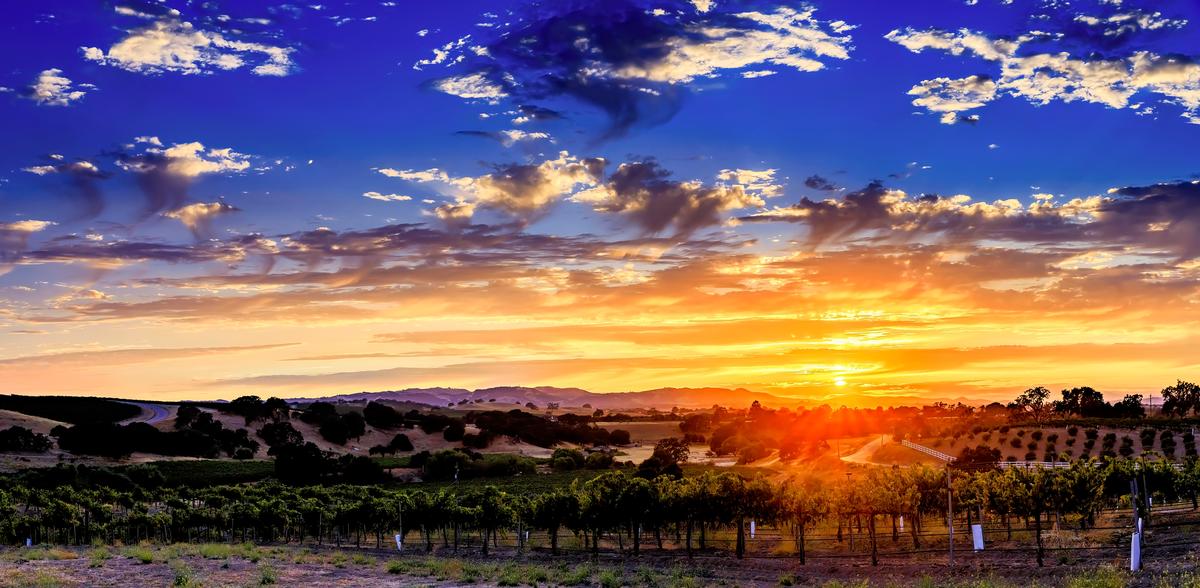
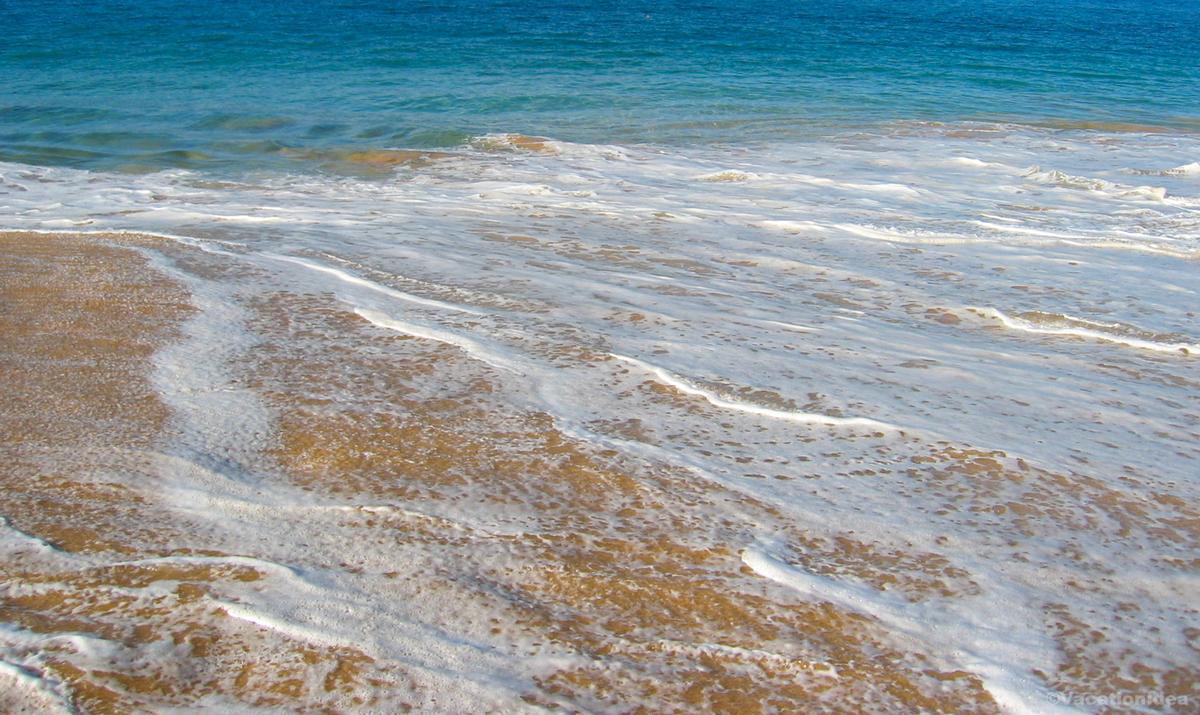
13. Oxnard
If you’re craving coastal beauty, fresh seafood, and uncrowded beaches, I think you’re going to love this town which I had a chance to explore during my five days at 4-star Zachari Dunes on Mandalay Beach.
I love that Oxnard still feels like a true beach town, with easy access to the Channel Islands, fun festivals, and charming harbor villages that feel like hidden gems about an hour from Los Angeles.
If you’re like me and crave a raw, untouched slice of the California coast, I think you’ll fall in love with Mandalay State Beach just 10 minute (4.0 miles) from downtown Oxnard. Why? Mandalay State Beach feels peaceful, romantic, and refreshingly undeveloped, perfect to unplug and really connect with nature.
Best of all there's no entry fee, no parking fee but remember that there are no facilities, so I always bring everything I need with me, especially water, sunscreen, and solid walking shoes!
- Location: Southern California, in Ventura County, along the Pacific Coast west of Los Angeles in the Oxnard Plain
- Map & Directions
What I loved best:
I thought that this city is one of the best places to visit in Southern California because it's got such a cool, unique beach vibe!
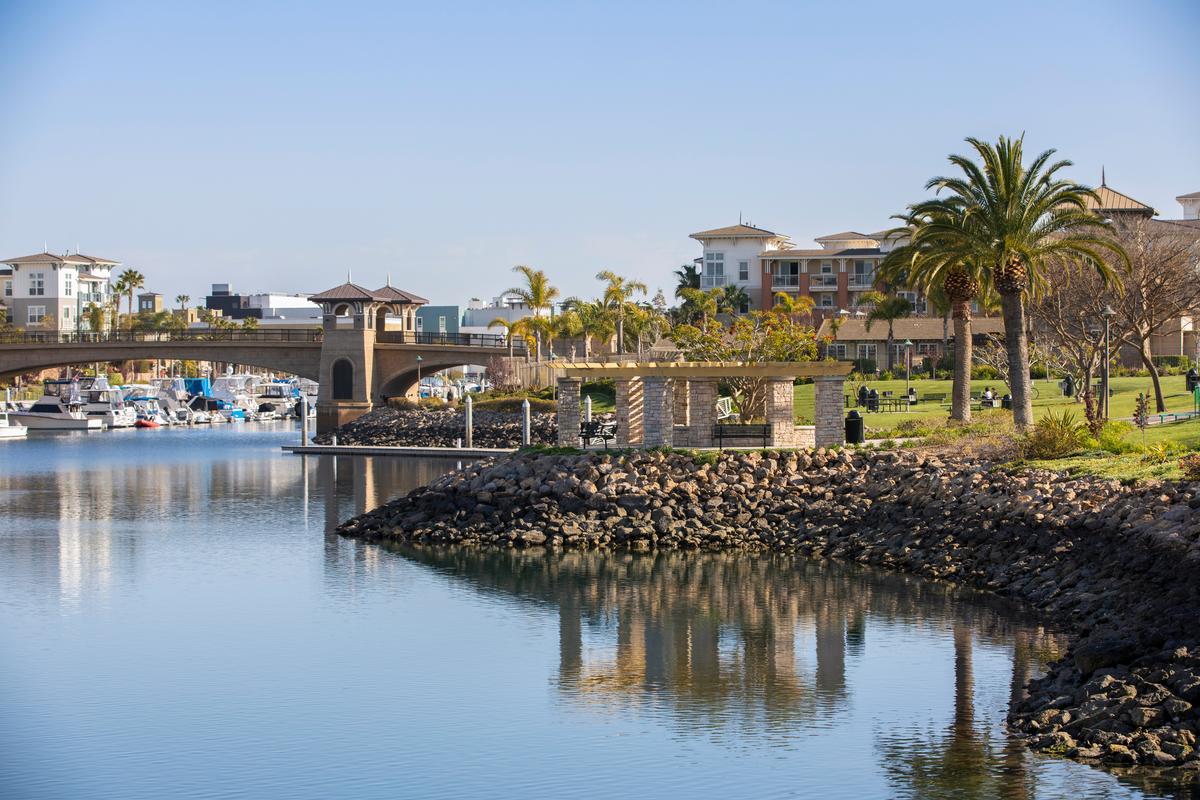
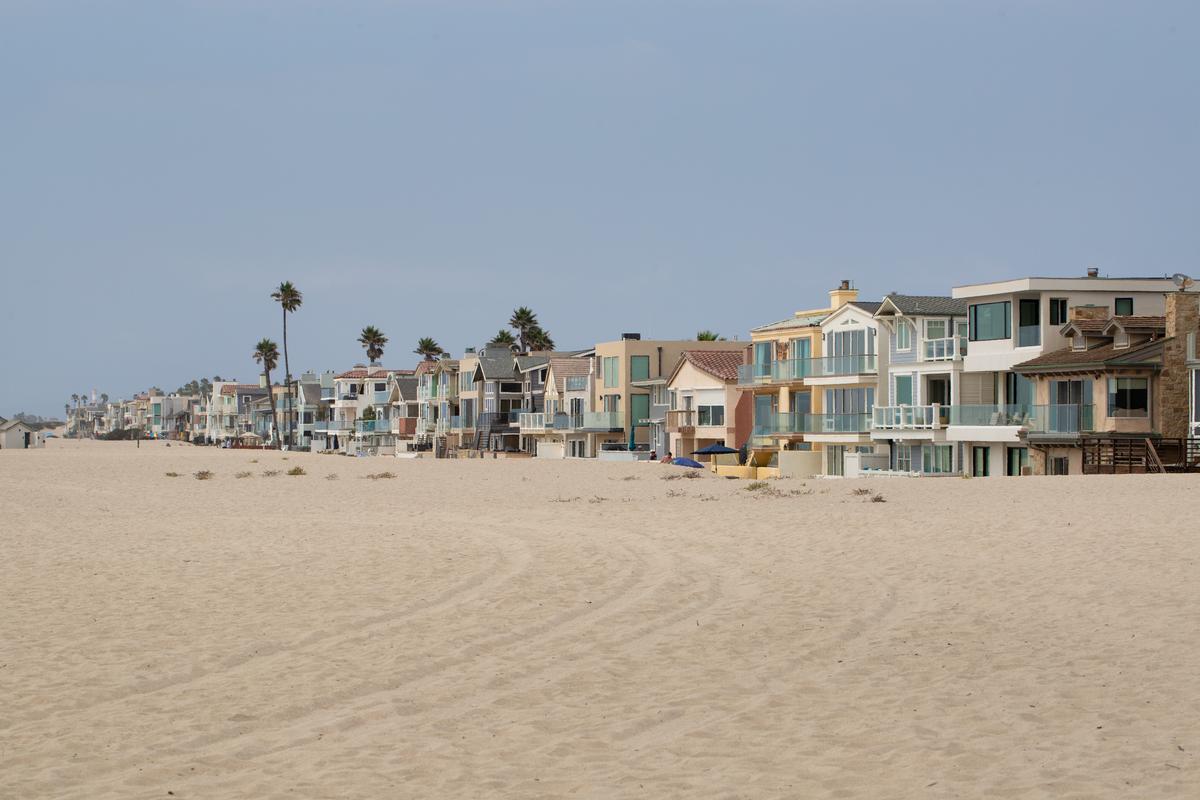
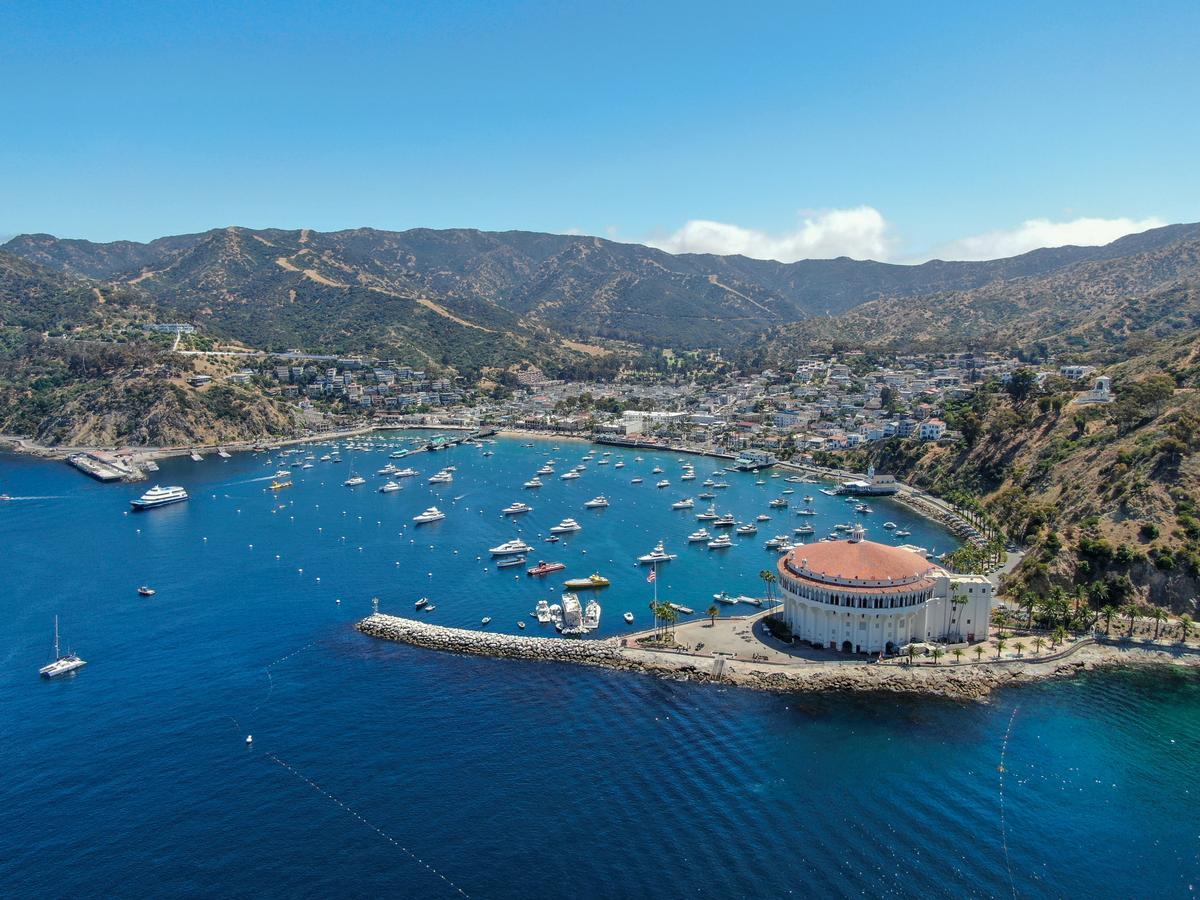
14. Catalina Island
Ready for a coastal-meets-island adventure? Check out Catalina Island—a real standout! I loved the mix of Mediterranean charm and laid-back beach culture on this island, including the candy-colored cottages of Avalon Bay, palm-lined promenades, and hidden coves. The scenery was unforgettable with rugged cliffs dropping into aquamarine water, sailboats, and golden sunset, making Catalina Island one of my favorite finds!
We left the mainland by ferry from Long Beach (about 1 hour ride, $42.25 one way) and docked in Avalon, the island’s only incorporated city (population around 3,700). For the night, we stayed at the 3-star Pavilion Hotel, steps from the harbor and with a garden courtyard that felt like an oasis. I kayaked through glass-clear waters, snorkeled among bright Garibaldi fish at Lover’s Cove, wandered the historic Casino building with its Art Deco murals, and hiked the Trans-Catalina Trail for sweeping vistas that felt a world away.
- Location: Off the Southern California coast, about 22 miles southwest of Los Angeles in the Channel Islands
- Map & Directions
What I loved best:
My personal highlight was dinner at Bluewater Avalon Seafood Restaurant where I ordered fish & chips and sat just above the tide, the air salted with sea and citrus.
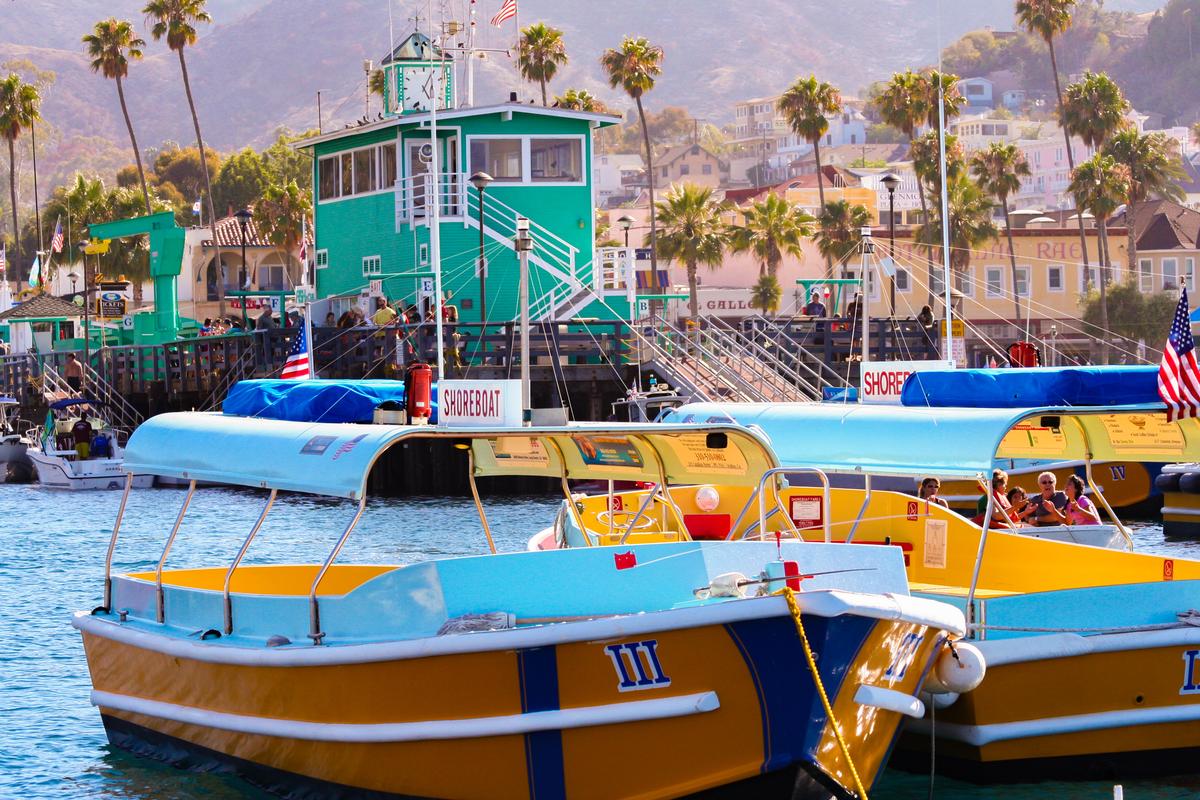
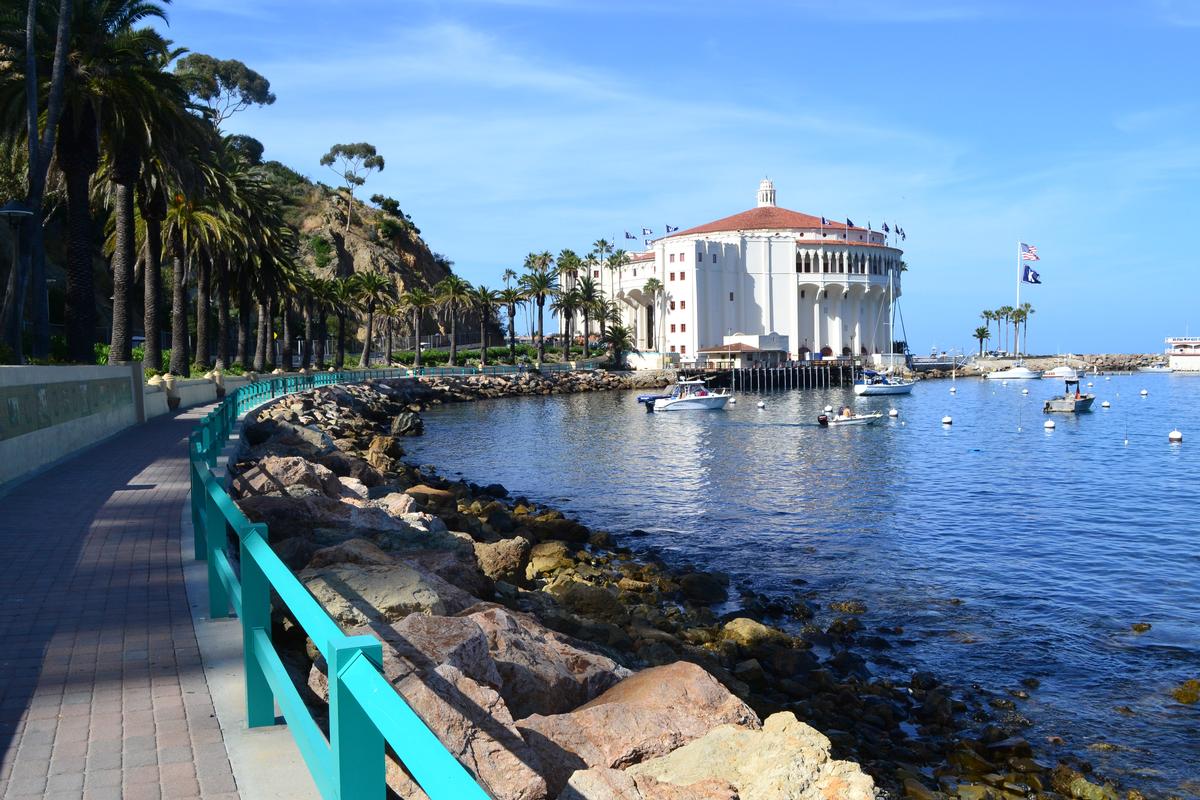

15. Hollywood
To me, Hollywood feels like one of the most iconic—and surprisingly unspoiled—corners of Los Angeles, and I think it’s one of the best neighborhoods for soaking in LA’s culture.
We drove about 20 minutes from downtown Los Angeles into Hollywood and I stayed at the historic 4-star Hollywood Roosevelt Hotel for three nights (famous for its glamorous Old Hollywood history) and spent my days touring the iconic TCL Chinese Theatre and Hollywood Walk of Fame, hiking up to the Hollywood Sign via the Mt. Hollywood trail, exploring the exhibits at the Academy Museum of Motion Pictures, and enjoying live comedy shows and music venues on Sunset Boulevard.
- Location: Central Los Angeles, in Los Angeles County, at the base of the Hollywood Hills and north of downtown LA
- Map & Directions
What I loved best:
For me, Hollywood is one of the best places to visit in California because it's full of exciting and unique things to do!
My favorite highlight was a studio tour at Warner Bros. this month to peek behind the curtain of Hollywood filmmaking.

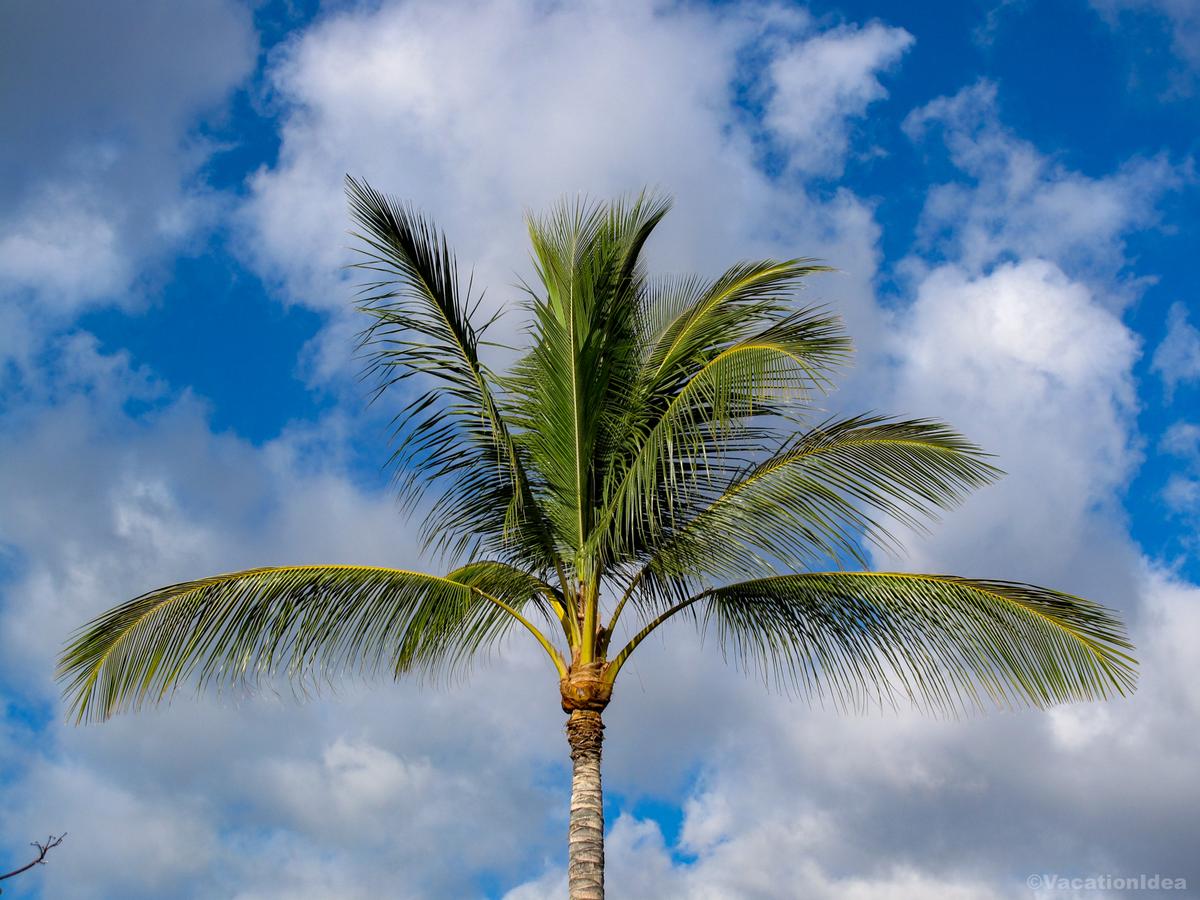
Booking Checklist
1. Book Your Flight - I use Expedia because I like their mobile app with my itinerary. They've helped me re-book flights on many occasions. Once you reach their Gold tier, support is especially good.
2. Book Your Hotel - I use Booking.com or Expedia, depending on my destination.
3. Book Your Rental Car - I use Expedia.
4. Book your tours on Viator or Get Your Guide.
5. If you are planning to visit more than three national parks in the next 12 months, buy the America the Beautiful Pass.
